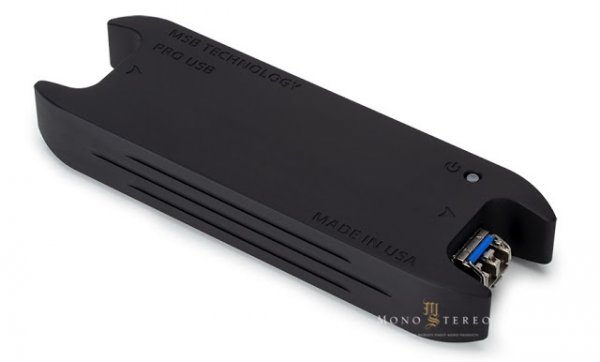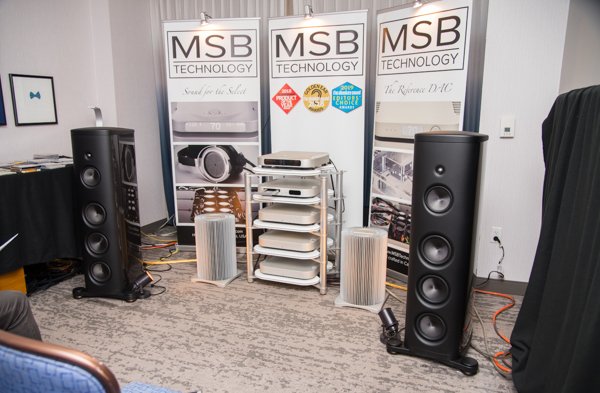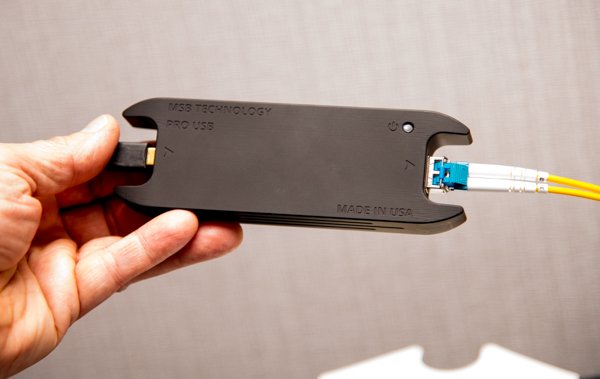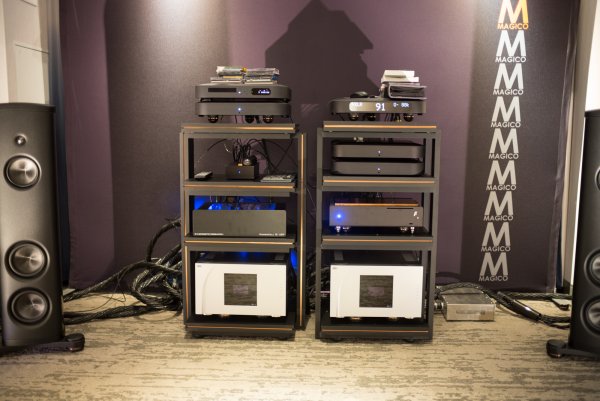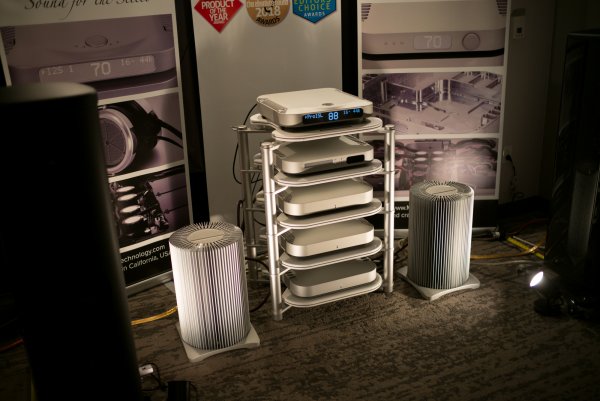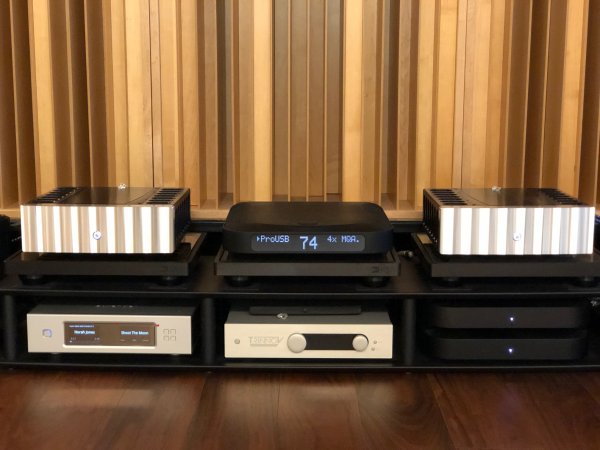As you many have noticed the ProISL system uses SFP modules. The ProISL is not however related to any computer protocol like Ethernet, so the SFP modules that work well with ProISL will be different than the one that work well with Ethernet. Use only optical modules that meet these specifications: 1310nm laser, SMF (Single Mode Fiber), LC duplex connectors, TX laser power can not exceed -3dbm (or you run the risk of burning out the receiver die). Many SFP modules were evaluated and they all worked, we selected the ones that worked the best, "however" there may be some combinations of SFP modules that do not work. Since the ProISL is significantly different from any other data protocol used with SFP modules any experience with which SFP modules work best in another application will not track with the ProISL. The ProISL was designed to allow hot swapping of the SFP laser modules ONLY, NEVER hot swap the entire ProISL input module! Always power down the DAC to remove or add any input module. Failing to power down the DAC when unplugging or adding a module could ruin the DACs motherboard.
